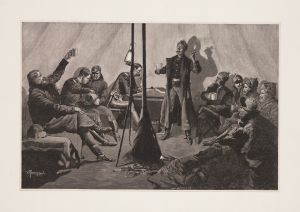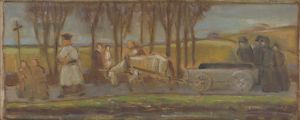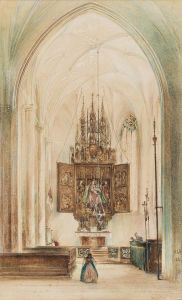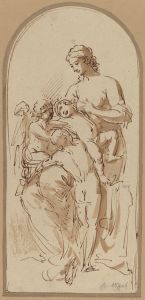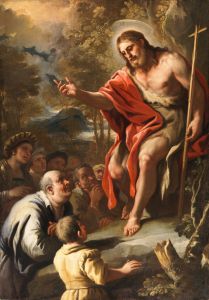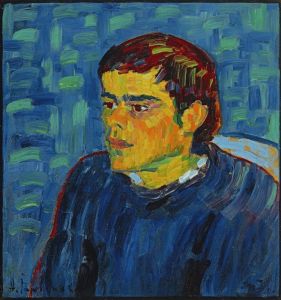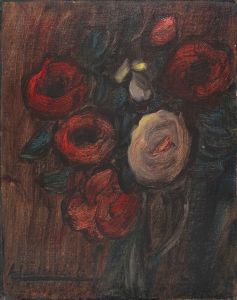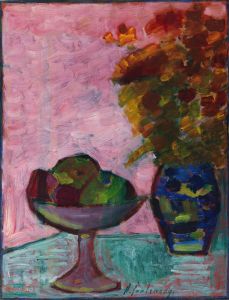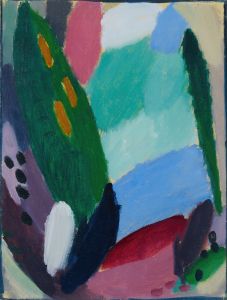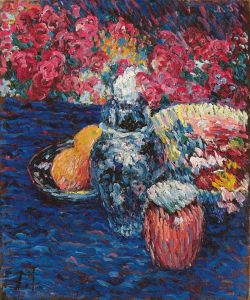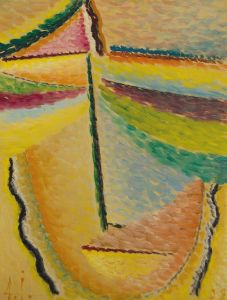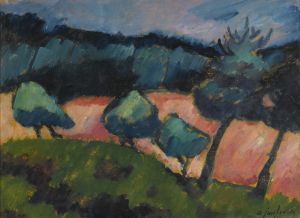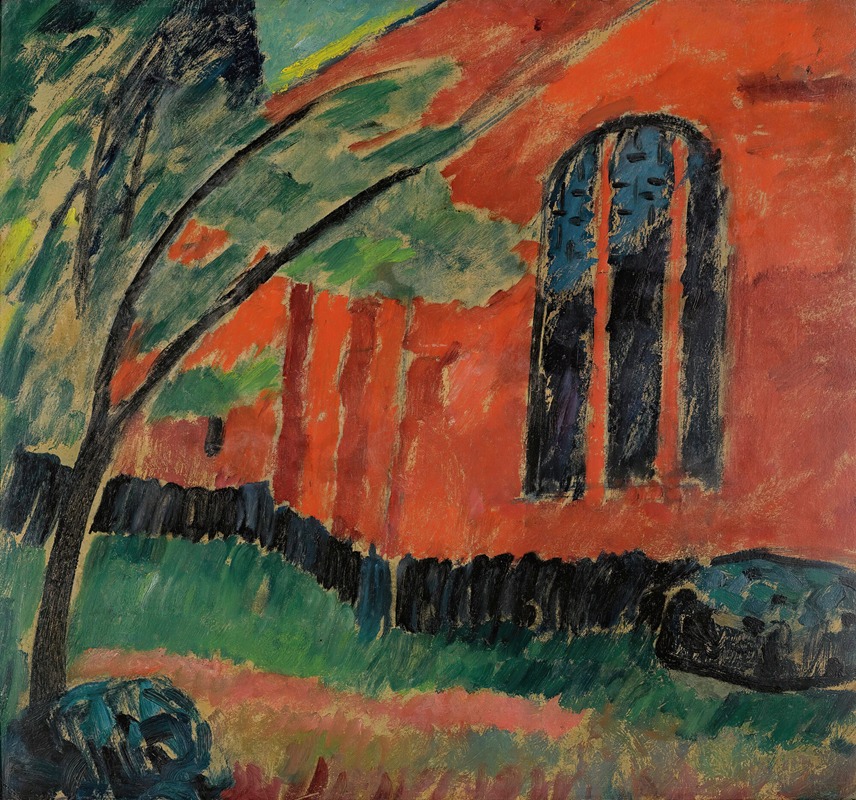
Kirche Im Prerow
A hand-painted replica of Alexej von Jawlensky’s masterpiece Kirche Im Prerow, meticulously crafted by professional artists to capture the true essence of the original. Each piece is created with museum-quality canvas and rare mineral pigments, carefully painted by experienced artists with delicate brushstrokes and rich, layered colors to perfectly recreate the texture of the original artwork. Unlike machine-printed reproductions, this hand-painted version brings the painting to life, infused with the artist’s emotions and skill in every stroke. Whether for personal collection or home decoration, it instantly elevates the artistic atmosphere of any space.
Alexej von Jawlensky was a Russian expressionist painter, associated with the German Expressionist movement and known for his vivid use of color and bold forms. One of his notable works is "Kirche Im Prerow," which translates to "Church in Prerow." This painting exemplifies Jawlensky's unique style, characterized by its vibrant palette and expressive brushwork.
Jawlensky was born in 1864 in Torzhok, Russia, and later moved to Germany, where he became an influential figure in the Expressionist movement. He was a member of the Neue Künstlervereinigung München (New Artists' Association of Munich) and later the Blaue Reiter (Blue Rider) group, which included artists like Wassily Kandinsky and Franz Marc. These groups were pivotal in the development of modern art in the early 20th century, emphasizing the emotional and spiritual aspects of art.
"Kirche Im Prerow" was painted during a period when Jawlensky was exploring the landscapes and architecture of Northern Europe. Prerow is a small town located on the Baltic Sea coast of Germany, known for its picturesque scenery and serene environment. The church depicted in the painting is likely one of the town's notable landmarks, captured through Jawlensky's expressive lens.
In this work, Jawlensky employs a rich color scheme, using bold and contrasting colors to convey the essence of the scene rather than its literal appearance. This approach is typical of Expressionism, where the artist seeks to evoke emotional responses from the viewer. The brushstrokes are dynamic and fluid, adding a sense of movement and vitality to the composition. The church, central to the painting, is rendered with simplified forms and exaggerated colors, highlighting its spiritual significance and architectural beauty.
Jawlensky's technique in "Kirche Im Prerow" reflects his interest in the spiritual dimension of art. He believed that colors and forms could convey deep emotional and spiritual truths, a concept that was central to the Expressionist movement. This painting, like many of his works, is not just a representation of a physical location but an exploration of the inner experience of the artist and the viewer.
Throughout his career, Jawlensky continued to develop his style, moving towards more abstract and simplified forms. His later works, such as the "Meditations" series, show a progression towards spiritual abstraction, where the focus is on the inner essence rather than the external appearance. "Kirche Im Prerow" is an important piece in understanding this evolution, as it bridges his early representational work with his later abstract explorations.
Jawlensky's contribution to modern art is significant, as he helped to shape the direction of Expressionism and influenced subsequent generations of artists. His works are held in major collections worldwide, and "Kirche Im Prerow" remains a testament to his ability to capture the spiritual and emotional depth of his subjects through color and form.





